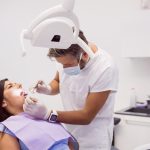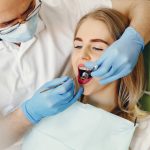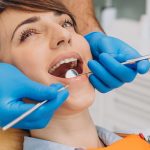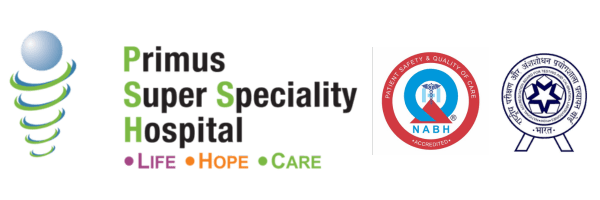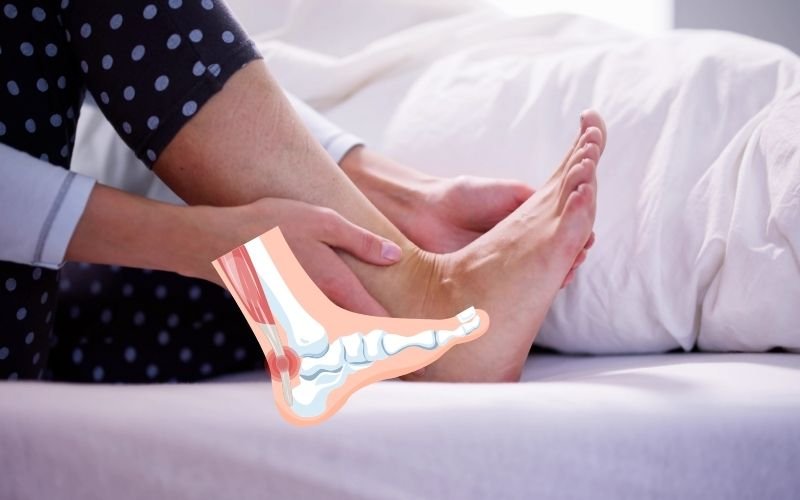Tendon pain limits many daily tasks. Tendons attach muscle to bone. When they inflame, pain and swelling follow. This condition often begins after repeat activity or injury. Early action reduces damage and speeds recovery. The article explains causes, signs, testing and modern treatment options in Delhi. It also covers exercises, prevention and recovery tips.
Tendinitis meaning in Hindi
Many patients ask for the tendinitis meaning in Hindi. The phrase is “Snayu Shoth”. It helps explain tendon swelling to family members.
Why tendons become inflamed
Repetitive motion causes overuse injuries. Sudden injury can overload a tendon. Age related wear reduces tendon elasticity. Poor technique in activity increases risk. Systemic disease like diabetes also contributes. Certain medicines may weaken tendon health.
Common sites of tendon problems.
Shoulder pain follows repeated overhead work. Elbow issues include tennis or golfer’s elbow. Wrist pain often follows long typing or phone use. Hamstring pain affects the back of the thigh. Achilles problems occur in runners and jumpers. Hip and knee tendons suffer in athletes.
Recognizing tendonitis elbow symptoms.
Pain often worsens with gripping and lifting. Tenderness appears near the elbow joint. Weakness may show when holding small items. Pain can rise with wrist motion. Night time discomfort may disturb sleep.
What to watch for in the wrist.
Pain appears on rotation or bending of the wrist. Grip strength falls for routine chores. Local swelling and tenderness may appear. Some patients notice mild numbness with heavy use.
Hamstring tendon issues in athletes.
Pain occurs at the back of the thigh near the knee. Sharp pain appears during sprinting or sudden kicks. Stiffness follows long sitting or standing. Recovery is slower without rest and therapy.
How orthopedic doctors in Delhi diagnose tendinitis.
- Bone and ortho Doctors start with a clinical history and exam.
- They test range and palpate tender areas.
- X rays exclude fractures or bone spurs.
- Ultrasound shows tendon inflammation in real time.
- MRI gives detailed images for complex tears.
- Blood tests check for infection or inflammatory disease.
Immediate self care steps.
- Rest the affected limb to reduce strain.
- Apply ice packs for twenty minutes, several times daily.
- Use over the counter pain medicines briefly if needed.
- Avoid heavy lifting and repeated tasks temporarily.
- Use supportive straps or braces when advised.
Tendonitis elbow treatment in Delhi
- Activity modification reduces tendon strain and pain.
- Short term immobilization limits painful motion.
- NSAID medicines relieve pain and swelling.
- Physical therapy restores flexibility and strength.
- Eccentric loading exercises remodel tendon tissue favorably.
Tendonitis elbow exercises to aid recovery
- Wrist extensor stretch, hold gently for fifteen seconds.
- Wrist flexor stretch, repeat slowly ten times.
- Eccentric wrist lowering with light weight, slow reps.
- Grip strengthening with a soft therapy ball.
- Forearm rotation with a light dumbbell, controlled movement.
Physiotherapy in Delhi that help.
- Supervised exercise programs build safe strength.
- Manual therapy reduces soft tissue tightness.
- Therapeutic ultrasound lowers local inflammation.
- Laser therapy may stimulate tissue repair.
- Therapists teach ergonomics and activity modification.
Injection based therapies explained
Corticosteroid injections reduce intense inflammation fast. Platelet rich plasma may support natural tissue repair. Hyaluronic injections can cushion tendon sheaths. Discuss benefits and risks with your treating clinician before injections.
When surgery becomes necessary
Large tendon tears often need surgical repair. Persistent pain despite months of care may require operation. Structural entrapment sometimes needs release surgery. Surgery aims to restore function and reduce long term pain.
Post surgical rehabilitation plan
Begin early protected motion to prevent stiffness. Gradually increase load under therapist guidance. Use splints or orthoses in the first weeks. Progress strength training before return to sport. Monitor healing with regular clinic visits.
Lifestyle and ergonomic interventions
Warm up before exercise and cool down after activity. Improve workplace posture and adjust work height. Use proper tools and supports during repetitive jobs. Schedule short breaks to vary posture and motion.
Nutrition and tendon recovery
- Protein rich foods support tissue repair after injury.
- Vitamin C assists collagen formation in tendons.
- Omega three fats may reduce systemic inflammation.
- Stay hydrated to support tissue health and flexibility.
Alternative therapies to consider
Acupuncture may reduce pain in some patients. Shockwave therapy supports chronic tendon healing for select cases. Therapeutic massage eases surrounding muscle tension. Discuss alternatives with your orthopedic team before starting them.
Preventing recurrence of tendinitis
Gradual increase in training load among athletes. Keep a balance of power involving opposite muscles. Proper improper technique with an instructor or a trainer. Maintain long-term illness such as diabetes to reduce the risk of relapse.
Persistent pain can lower mood and reduce motivation. Anxiety about re-injury may limit useful activity. Counseling helps patients maintain rehab adherence. Set small daily goals to keep progress steady.
Rotate tasks to avoid repetitive overload on one tendon. Use adaptive devices to reduce hand and wrist strain. Provide scheduled physiotherapy breaks for at risk staff. Train employees in safe body mechanics and posture.
Special concerns in older adults
Tendons lose elasticity with age and blood flow drops. Healing often is slower than in younger people. Monitor medications for interactions and side effects.
Return to sport and functional milestones
Ensure pain free full range of motion before resuming sport. Aim for strength close to the opposite side. Follow a sport specific progressive loading protocol. Seek clearance from the treating orthopedic specialist before full return.
Practical home exercises for tendinitis
- Start with gentle stretches that do not cause sharp pain.
- Increase intensity slowly over several weeks.
- Use correct technique to avoid compensatory injuries.
- Stop and seek help if numbness or severe pain occurs.
Best orthopaedic hospital in Delhi
Look for bone hospitals with both imaging and rehab facilities. Confirm experienced orthopaedic surgeons and trained physiotherapists from a good orthopedic hospital in Delhi. Ask about guided rehab and clear post procedure follow up. Prefer multidisciplinary clinics for complex tendon problems.
Initial consultation and imaging usually occur within a week. Conservative care often helps in four to twelve weeks. Injection treatments may need sessions spaced weeks apart. Surgery and full rehab may extend recovery to several months.
Consider another view for persistent or worsening pain. Get a second opinion before major surgery if you feel unsure. Ask for a clear prognosis and expected recovery timelines.
Place frequently used items within easy reach. Use supportive chairs and avoid low unsupported seating. Employ assistive devices for opening jars and performing chores. Small changes reduce strain on healing tendons.
Rehabilitation timelines by condition
Mild tendinitis improves in two to six weeks with care. Moderate cases may require three months of therapy. Severe chronic conditions may need six months or more. Surgical recovery varies by procedure and patient age.
Final patient checklist
Maintain a pain, activity and sleep diary. Give out this diary during every therapy session. Take exercise recommendations and notify about deterioration in time. Acknowledge dates of injection and be risk aware. Gradual recovery of full work and sport. Eat and sleep to promote recovery. To develop a holistic tendon care and advice, refer to Primus hospitals to facilitate assessment and follow up. Get in touch with our team for expert assistance today.
FAQ
Tendinitis is tendon inflammation usually from repeated use or overload.
MRI and ultrasound provide clear images of tendon integrity.
Seek care if pain persists beyond two weeks despite rest.
Injections can assist healing but work best with rehab support.
Modify tasks and avoid aggravating movements until pain eases.
Surgery has risks but benefits often outweigh risks for severe tears.



